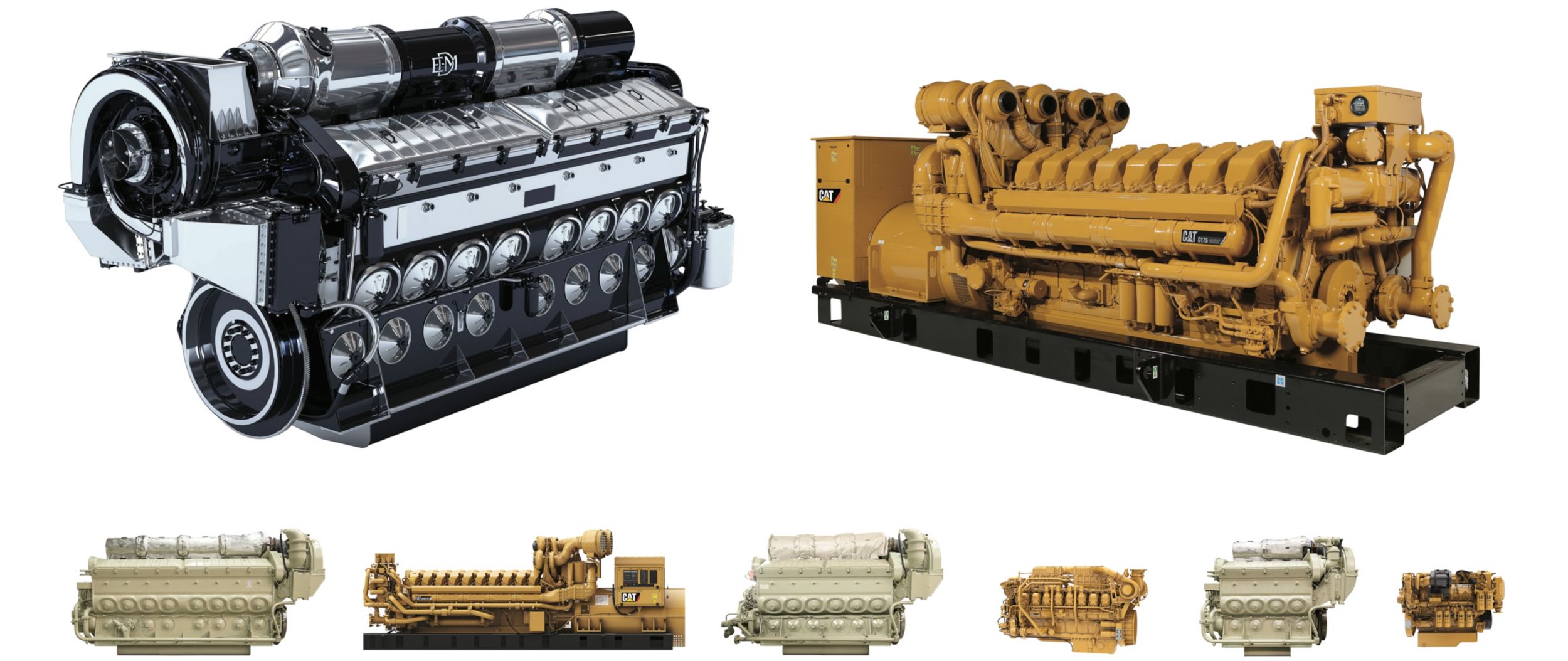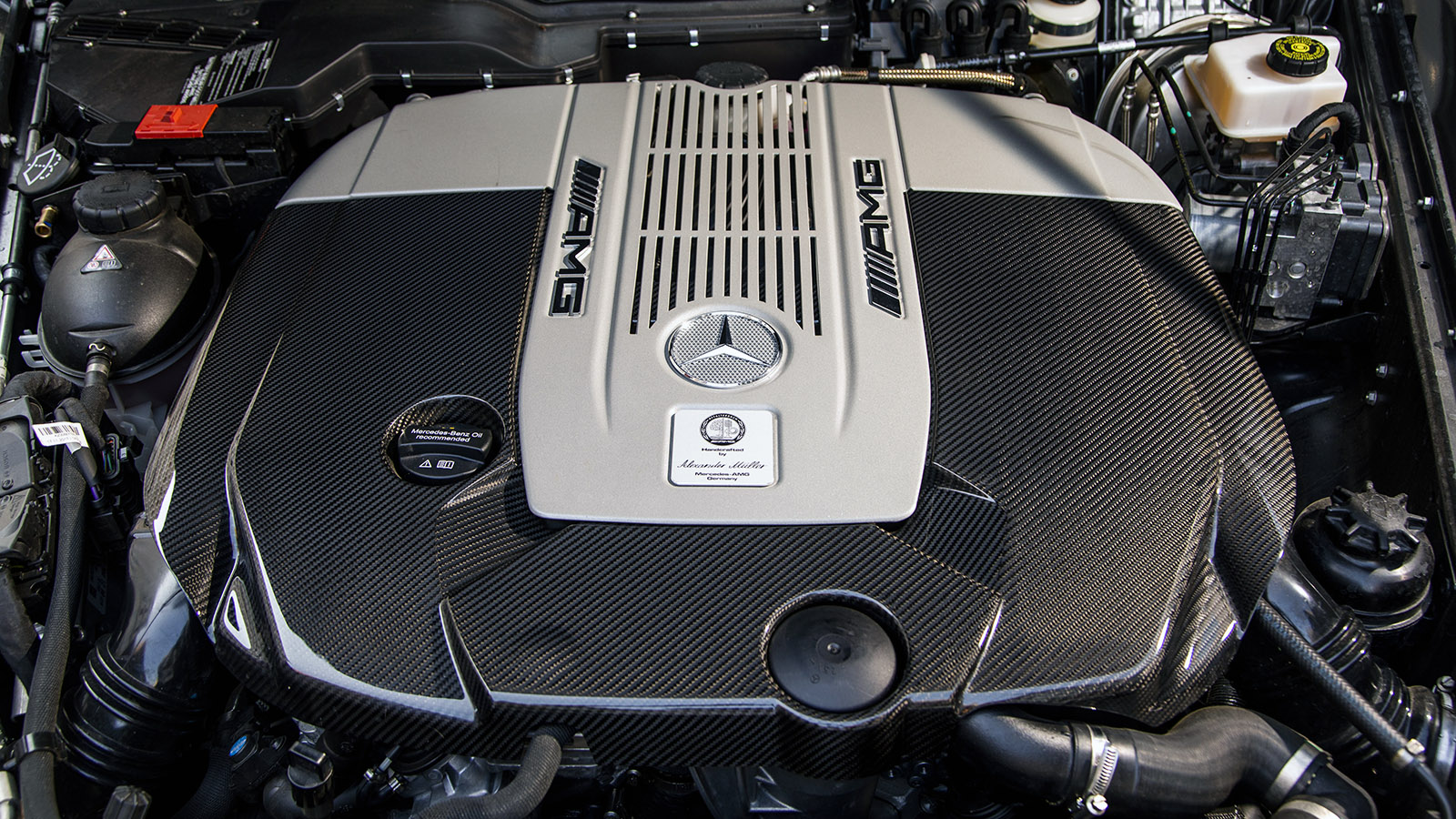Explore Engines for Africa at Our Detailed Automobile Components Store
Explore Engines for Africa at Our Detailed Automobile Components Store
Blog Article
The Mission for Ultimate Driving Power: Checking Out the Peak of Engine Performance and Technological Innovations in the Automotive Field
In the world of automobile design, the pursuit of optimum driving power has actually been a ruthless pursuit that has unravelled via the development of engine layout and the integration of sophisticated technologies. From the careful craftsmanship of combustion engines to the fast advancements in electric propulsion systems, the auto sector stands at the cusp of a brand-new era identified by unprecedented performance capacities.
Evolution of Engine Layout

Additionally, the assimilation of turbocharging and supercharging innovations has actually changed engine design by improving power without considerably boosting engine dimension. These forced induction systems press the intake air, enabling even more fuel to be ignited, thereby producing better power result from a smaller engine. This advancement has been specifically vital in improving the performance of smaller variation engines while preserving fuel effectiveness standards.

Performance-Enhancing Gas Technologies
The application of sophisticated gas technologies has significantly contributed to improving engine performance in modern-day cars. From traditional gas and diesel to cutting-edge biofuels, synthetic gas, and hydrogen, the auto field is experiencing a transformation in gas choices. Biofuels, originated from sustainable sources like corn, sugarcane, or algae, deal boosted and lowered emissions engine effectiveness. Synthetic gas, produced through chemical processes, supply high octane rankings, boosting power output. Hydrogen gas cells, although still in the onset of adoption, show fantastic pledge due to their zero-emission nature and potential for high efficiency. Furthermore, gas ingredients and cleaning agents are being formulated to clean engine components, optimize burning, and reduce friction, thereby increasing general lorry efficiency. With recurring study and advancement, the pursuit for the utmost driving power proceeds, as designers aim to unlock the full potential of performance-enhancing gas modern technologies in the automotive sector.
Innovations in Electric Propulsion
Substantial strides in electrical propulsion technology have actually changed the automobile industry, paving the way for a brand-new age of sustainable and efficient transport. Electric vehicles (EVs) are getting popularity because of their environmental benefits and innovations in battery innovation, making it possible for longer driving ranges and much shorter billing times. Producers are spending greatly in research and advancement to boost the performance of electric propulsion systems, concentrating on raising power output, enhancing power performance, and decreasing general weight.
One notable advancement in electric propulsion is the development of advanced electric motors that provide greater torque and power density, causing improved acceleration and general driving performance. Furthermore, regenerative stopping systems have been improved to catch and keep energy during deceleration, more increasing the effectiveness of EVs.
In addition, the combination of clever innovations, such as expert system and anticipating analytics, is enhancing the management of electric propulsion systems, making certain optimal efficiency under different driving conditions. These advancements in electrical propulsion are reshaping the automotive browse around here landscape, driving the sector towards a more lasting and electrified future.
Influence of Computational Fluid Characteristics
With advancements in electrical propulsion pushing the borders of automobile technology, the combination of Computational Fluid Characteristics is playing a critical duty in enhancing aerodynamic efficiency and enhancing general efficiency in automobile design. Computational Liquid Dynamics (CFD) entails the usage of computer system simulations to evaluate the circulation of air around a car, making it possible for engineers to forecast how style adjustments will affect the rules of aerodynamics without the need for expensive physical models. By accurately modeling air flow patterns, CFD permits for the refinement of car forms to reduce drag, boost air conditioning, and boost stability.
One key benefit of making use of CFD in vehicle style is the capacity to repeat swiftly, exploring various layout variants to identify the most aerodynamically effective options. This you can try this out repetitive procedure results in automobiles that are not just sleeker and more visually attractive yet additionally more fuel-efficient and eco-friendly. In addition, CFD enables engineers to enhance air flow around elements such as radiators, engine bays, and wheel wells, adding to boosted performance and overall driving experience. In final thought, the integration of Computational Fluid Dynamics stands for a substantial action ahead in the mission for supreme driving power and efficiency in the automotive industry.
Future Fads in Engine Advancement
In the dynamic landscape of automotive design, innovative developments are forming the future trajectory of engine advancement. The future of engine design is noted by a strong focus on performance, sustainability, and performance. Manufacturers are significantly focusing on creating engines that not only supply high power results however also focus on environmental responsibility by lowering discharges and improving gas performance.
One noticeable pattern in engine development is the rise of electrification. Hybrid and electric powertrains are gaining traction as sensible alternatives to traditional combustion engines. These innovations use the capacity for significant reductions in carbon discharges and boosted power efficiency, aligning with worldwide initiatives to battle climate modification.
Additionally, developments in products science and manufacturing methods are making it click here now possible for the production of lighter and more durable engine elements. This change towards light-weight products such as carbon fiber and aluminum alloys adds to boosted efficiency and gas economic climate.
Verdict
To conclude, the pursuit of best driving power in the automotive market remains to drive improvements in engine layout, gas technologies, electric propulsion, and computational fluid characteristics. The evolution of these innovations is forming the future of engine innovation, leading the method for much more efficient and powerful cars (engines for africa). As the industry proceeds to push the boundaries of what is feasible, we can anticipate to see a lot more groundbreaking developments in the pursuit for peak efficiency
One of the essential milestones in engine style evolution is the change from traditional carbureted engines to modern-day fuel-injected systems. By exactly metering the gas shipment to each cylinder, fuel-injected engines maximize combustion, resulting in far better efficiency and reduced ecological impact.
In addition, the combination of turbocharging and turbo charging innovations has changed engine style by enhancing power without substantially enhancing engine dimension (engines for africa).The implementation of innovative gas innovations has substantially added to enhancing engine efficiency in modern automobiles. Furthermore, gas additives and cleaning agents are being created to clean engine elements, maximize combustion, and minimize rubbing, thereby improving total car efficiency
Report this page